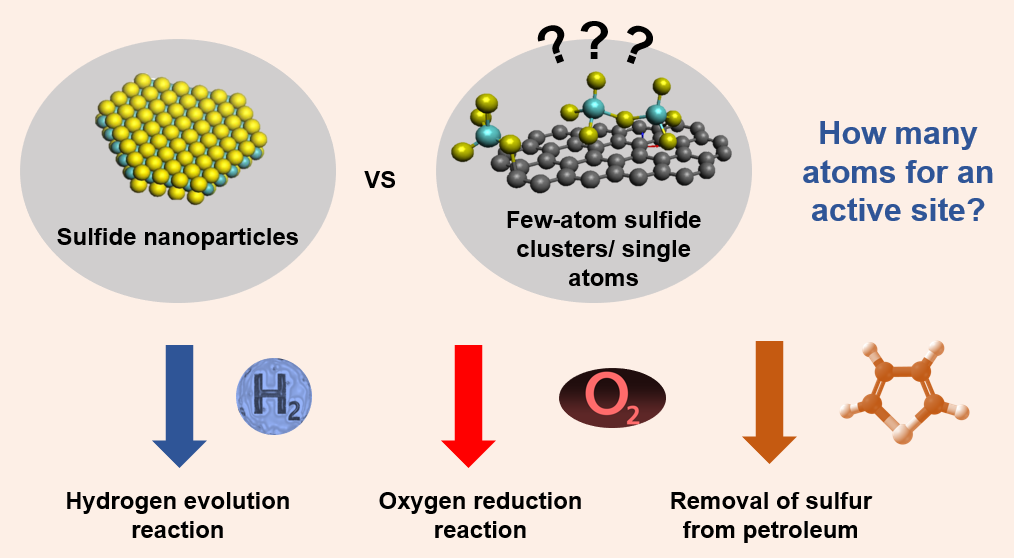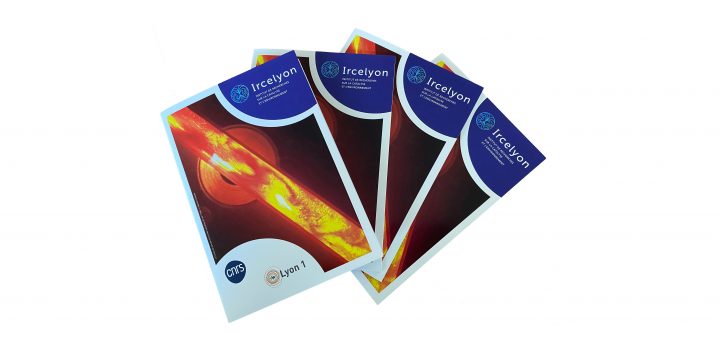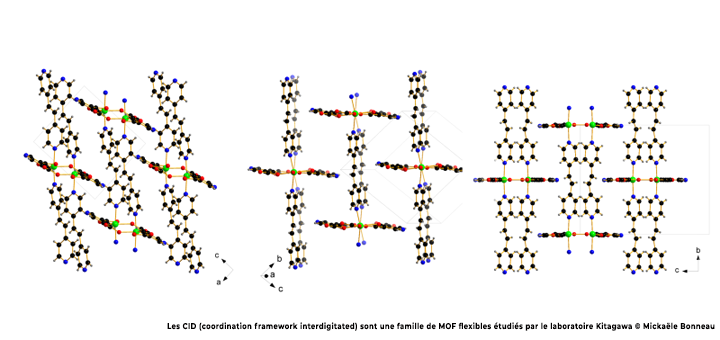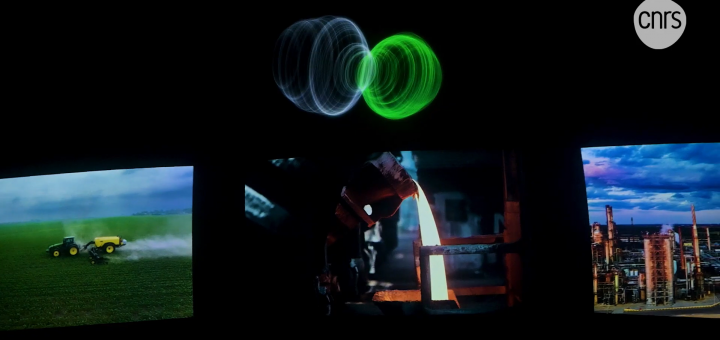Ultradispersed sulfide catalysts: how many atoms for an active site?

The thesis work of Daria Ryaboshapka (CATREN team) for which she was awarded the thesis prize of the Catalysis Division of the Société Chimique de France (SCF DivCat), are also the subject of an article in the February issue of L’actualité chimique.
Daria explains how this work is innovative for catalysis:
“Although transition metal (Mo, Re) sulphide nanoparticles have been widely studied in hydrotreating catalysis, the role of small sulphide clusters or monoatomic sites in these catalysts remains little explored. Although these small entities are frequently present in conventional catalysts, their contribution has often been neglected. To date, little is known about their precise structure, and their ability to compete with sulphide nanoparticles in terms of catalytic efficiency remains uncertain.
In this study, we sought to answer these questions and identify the minimum number of atoms required to define an active site in three key industrial catalytic reactions: hydrogen evolution, oxygen reduction and hydrodesulphurisation. We have observed that conventional preparation methods essentially lead to the formation of sulphide clusters composed of several atoms, whereas direct synthesis methods (one-pot) make it possible to obtain catalysts consisting exclusively of monoatomic sites.
Our results show that clusters are remarkably active for hydrogen evolution and hydrodesulphurisation, clearly outperforming conventional systems, while monoatomic sites remain inactive in these reactions. Only the oxygen reduction reaction shows comparable activity between monoatomic sites and clusters, although the latter still show better overall performance.
We thus demonstrate that at least two atoms are necessary to obtain efficient catalytic activity in sulphide catalysts. This work paves the way for the development of a new generation of very efficient catalysts, specifically based on the use of small sulphide clusters.
Article published in l’Actualité Chimique N°501 – February 2025
Written by Ryaboshapka Daria and Afanasiev Pavel







